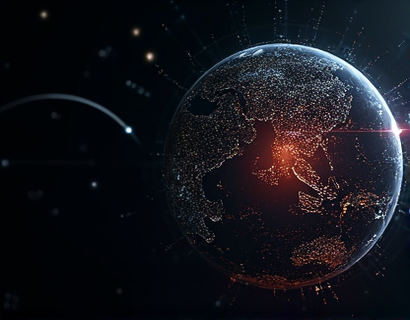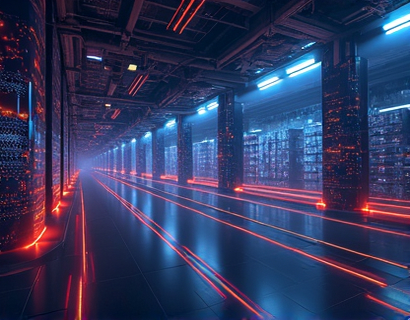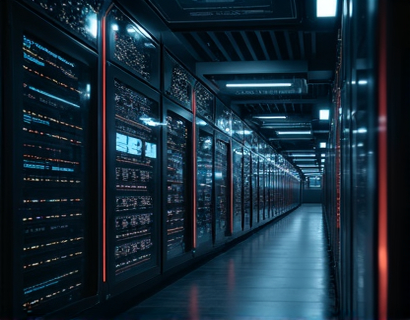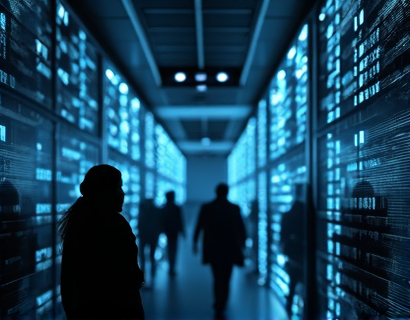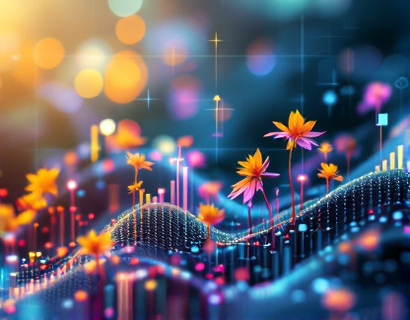Elevate Your Aquaculture Business with Advanced Software Solutions
In the rapidly evolving world of aquaculture, business owners and managers face numerous challenges that can impact the success and sustainability of their operations. From managing complex logistics and resource allocation to ensuring compliance with regulatory standards, the demands are substantial. Advanced software solutions are revolutionizing the industry by providing comprehensive tools that streamline operations, boost productivity, and optimize resource management. These technologies are essential for aquaculture businesses aiming to thrive in a competitive market.
Streamlining Operations
One of the primary benefits of implementing advanced software in aquaculture is the significant improvement in operational efficiency. Modern software solutions offer automated workflows that reduce manual errors and save time. For instance, inventory management systems can track stock levels in real-time, ensuring that feed and other supplies are always available when needed. This automation not only minimizes the risk of stockouts but also prevents overstocking, which can lead to waste and increased costs.
Additionally, these systems can integrate various aspects of the business, such as production scheduling, quality control, and supply chain management. By centralizing data and processes, owners and managers gain a holistic view of their operations, enabling them to make informed decisions quickly. For example, a software solution might provide analytics on production cycles, helping managers identify bottlenecks and optimize workflows to maximize output.
Boosting Productivity
Productivity is a critical factor in the success of any aquaculture business. Advanced software solutions are designed to enhance productivity by automating routine tasks and providing valuable insights through data analytics. Automation reduces the time and effort required for manual tasks, allowing staff to focus on more strategic activities. For instance, automated feeding systems can adjust feed quantities based on real-time data such as water temperature and fish activity, ensuring optimal growth conditions.
Moreover, these systems often include user-friendly interfaces that make it easier for staff to perform their duties efficiently. Training new employees becomes simpler as they can quickly familiarize themselves with the software, reducing the learning curve and increasing overall productivity. The ability to generate reports and dashboards in real-time also helps managers monitor performance and identify areas for improvement, further driving productivity gains.
Optimizing Resource Management
Effective resource management is crucial for the sustainability and profitability of aquaculture operations. Advanced software solutions offer powerful tools to optimize the use of resources, including water, feed, and energy. Water quality management systems, for example, continuously monitor parameters such as pH, dissolved oxygen, and ammonia levels, alerting managers to any deviations from optimal conditions. This proactive approach helps prevent health issues in fish and reduces the need for corrective measures that can be costly and time-consuming.
Feed management is another area where software can make a significant impact. By analyzing data on fish growth rates, feed conversion ratios, and environmental conditions, these systems can recommend the most efficient feeding schedules and quantities. This not only ensures that fish receive the right amount of nutrition but also minimizes waste, reducing costs and environmental impact. Some advanced systems even integrate with automated feed dispensers, further enhancing precision and efficiency.
Enhancing Compliance and Sustainability
Compliance with environmental and regulatory standards is a key concern for aquaculture businesses. Advanced software solutions help ensure that operations remain compliant by providing tools for tracking and managing regulatory requirements. For instance, software can generate reports on water quality, waste management, and chemical usage, making it easier to demonstrate compliance to regulatory bodies. This documentation is crucial for maintaining good standing and avoiding penalties.
Sustainability is increasingly important in the aquaculture industry, and software can play a vital role in promoting environmentally friendly practices. By monitoring and optimizing resource use, these systems help reduce the ecological footprint of aquaculture operations. For example, energy management tools can track power consumption and identify opportunities for energy savings, such as upgrading equipment or implementing renewable energy sources. This not only benefits the environment but also reduces operational costs.
Improving Decision-Making
Data-driven decision-making is a cornerstone of modern business management, and aquaculture is no exception. Advanced software solutions provide robust analytics and reporting capabilities that empower owners and managers to make informed decisions. By accessing real-time data and historical trends, managers can identify patterns and insights that inform strategic planning and operational adjustments.
For instance, production analytics can reveal the most profitable species or cultivation methods, guiding investment decisions. Market analytics can help predict demand and adjust production schedules accordingly, ensuring that supply meets market needs. Financial analytics tools can provide a clear picture of profitability, helping managers optimize pricing and cost structures. These insights are invaluable for long-term planning and growth.
Integration and Scalability
Modern software solutions are designed to be flexible and scalable, accommodating the unique needs of different aquaculture operations. Whether you run a small-scale farm or a large industrial operation, the software can be tailored to fit your specific requirements. Integration with existing systems is another key feature, allowing for seamless data exchange and reducing the need for manual data entry.
Scalability is particularly important as businesses grow. Advanced software can handle increasing volumes of data and expanding operations without compromising performance. This ensures that as your business evolves, your management tools remain effective and efficient. Cloud-based solutions, in particular, offer the advantage of accessibility from anywhere, enabling remote monitoring and management.
Case Studies and Success Stories
Numerous aquaculture businesses have successfully implemented advanced software solutions, achieving significant improvements in various areas. For example, a mid-sized shrimp farm in Southeast Asia adopted an integrated management system that included water quality monitoring, feed management, and production scheduling. Within a year, the farm reported a 20% increase in productivity and a 15% reduction in feed costs. The real-time data and automated processes allowed the farm to respond quickly to changes, ensuring optimal conditions for shrimp growth.
Another case involves a large salmon farming operation in Norway that implemented a comprehensive software solution for fleet management. The software integrated data from multiple vessels, providing real-time tracking of fish stocks, environmental conditions, and operational performance. This led to more efficient routing and reduced fuel consumption, resulting in a 10% decrease in operational costs. The enhanced data visibility also improved compliance with regulatory requirements, reducing the risk of penalties.
Future Trends in Aquaculture Software
The aquaculture software market is rapidly evolving, with new technologies and innovations on the horizon. One emerging trend is the integration of artificial intelligence (AI) and machine learning (ML) to further enhance decision-making and automation. AI can analyze vast amounts of data to predict outcomes, optimize processes, and identify potential issues before they become critical. For instance, AI-powered predictive models can forecast disease outbreaks based on environmental data and historical patterns, allowing for proactive health management.
Another trend is the increasing use of Internet of Things (IoT) devices to collect and transmit data from the field. IoT sensors can monitor a wide range of parameters, from water quality to fish behavior, providing a wealth of information for managers. This data can be processed in real-time, enabling more precise and responsive management of aquaculture operations.
Blockchain technology is also being explored for its potential to enhance transparency and traceability in the supply chain. By recording every step of the production process on a blockchain, businesses can provide verifiable proof of sustainable and ethical practices, which is increasingly important to consumers and regulatory bodies.
Conclusion
Advanced software solutions are transforming the aquaculture industry by streamlining operations, boosting productivity, and optimizing resource management. These tools provide essential functionalities that help businesses navigate the complexities of modern aquaculture, from automated workflows and real-time data analytics to compliance management and sustainability practices. As the industry continues to grow and evolve, the adoption of advanced software will become increasingly vital for success. By embracing these technologies, aquaculture business owners and managers can gain a competitive edge, ensuring their operations are efficient, sustainable, and profitable.










